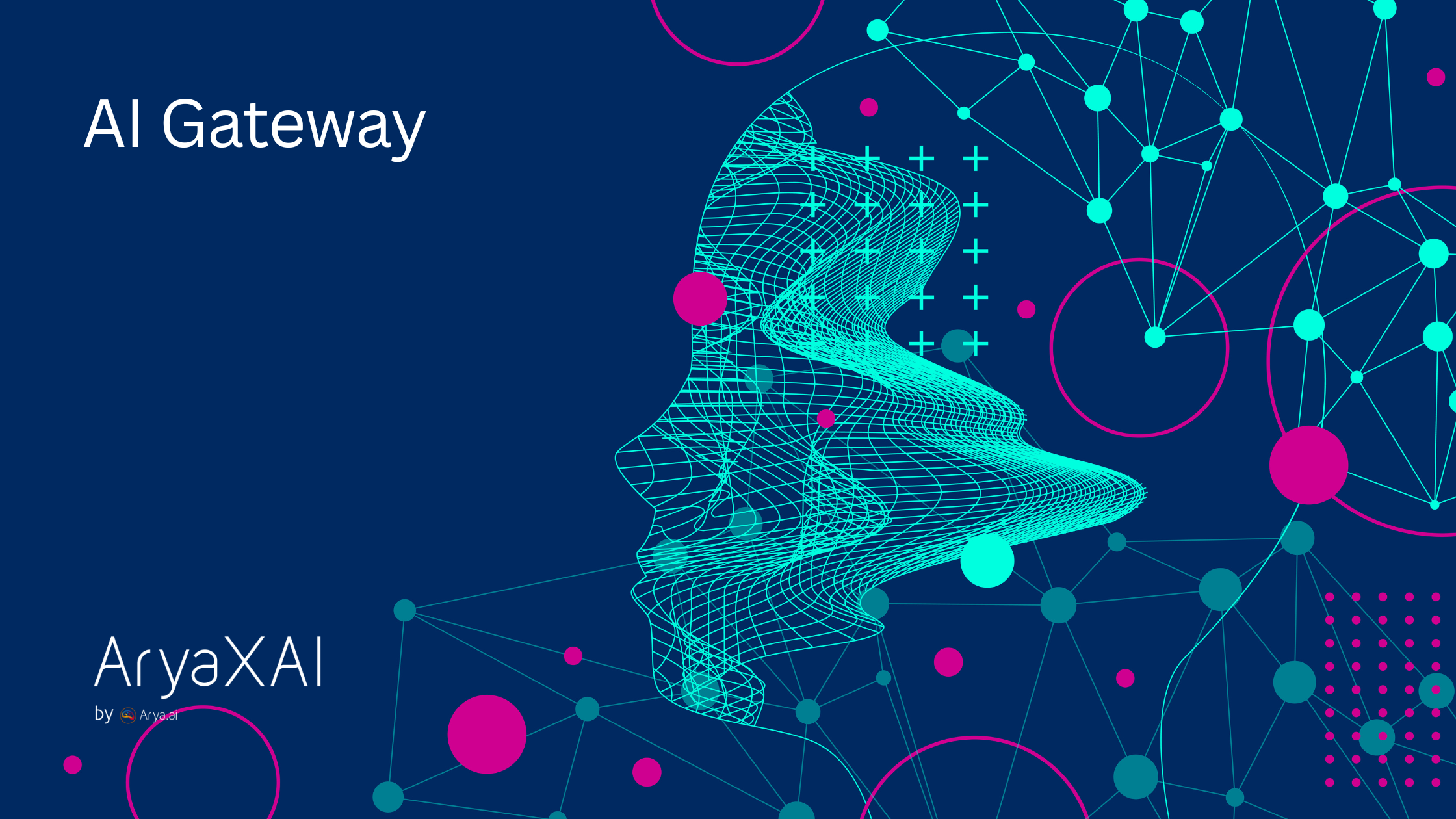Building Production-Ready AI Agents: Why the Right Platform Matters
7 Minutes
September 2, 2025

As AI algorithms move away from being static models towards being dynamic, task-oriented agents, deploying them at scale is now both a challenge and an opportunity.
Research prototypes can be exciting, but when these agents need to operate in real-world environments—handling live data, interacting with users, and adapting to changing contexts—many teams hit operational roadblocks.
The answer? A well-architected agent platform that delivers the proper foundations for resilience, scalability, and maintainability. At AryaXAI, we think the future of AI adoption will be determined by bringing this infrastructure to all developers and enterprise teams.
This blog discusses the essential issues of fielding AI agents in production, the strengths a contemporary agent platform needs to provide, and why these strengths are now essential to success.
The Pain Points of Agent Deployment
Building AI agents for production isn’t just about prompt engineering. When these systems move beyond prototypes, teams encounter recurring challenges:
Maintaining State Over Time
Agents need the ability to remember context across multiple turns, sessions, or workflows. Without reliable state management, they can lose track of earlier steps, re-ask questions, or contradict themselves. This not only disrupts the user experience but can also lead to incomplete or incorrect task completion. Persistent context storage, checkpointing, and controlled memory expiration help ensure agents remain coherent and effective.
What works in production:
- Layered memory:
- Short-term: Current session buffer.
- Mid-term: Workflow checkpoints.
- Long-term: Facts about users, preferences, or domain data.
- Implementation examples: LangGraph for workflow memory, Redis or DynamoDB for structured state, vector DBs like Pinecone or Milvus for semantic recall.
Handling Unplanned Failures
Failures are inevitable—whether caused by external API downtime, network interruptions, or invalid user inputs. In production, these failures must be managed gracefully. An agent should be able to recover, retry, or safely pause and resume without manual intervention.
Production best practices:
- Automatic retries with exponential backoff.
- Fallback logic—switching to cached responses or alternative models when primary calls fail.
- Human-in-the-loop escalation for high-stakes actions.
- Orchestration tools like Temporal.io or Prefect for safe pause/resume.
Scaling for Unpredictable Demand
Demand can spike without warning, especially during product launches or viral moments. Systems that aren’t built to scale can slow down or crash under pressure. Designing for elasticity—through queue-based buffering, autoscaling workers, and fallback strategies—ensures that agents stay responsive and reliable, even under heavy load.
Accelerating Developer Iteration
Agent workflows are complex and often non-deterministic, making them harder to debug than traditional software. Without clear visibility into how an agent reaches its decisions, improvements become slow and guesswork-driven. Tools for execution tracing, visualizing flows, and replaying past sessions empower developers to identify issues quickly, iterate confidently, and deliver better updates faster.

What an Effective Agent Platform Should Offer
An effective agent platform provides a set of practical primitives that let teams build, run, and maintain stateful agents reliably—so they can focus on product logic instead of plumbing. Below are the key capabilities such a platform should deliver, explained with what they mean and why they matter.
- Flexible Deployment Models: Different teams have varying needs for control, compliance, and operational overhead. An ideal platform has managed SaaS for rapid time-to-value, BYOC/private-cloud capabilities for data locality and VPC integration, and self-hosted or air-gapped installations for highly compliant environments. Size up deployments on ease of integration with your identity, secrets, and network stack, and the operational overhead vs. control trade-offs.
- State Management and Persistent Memory: Agents require multi-layered memory: short-term session context, mid-term workflow checkpoints, and long-term facts about users or domains. The platform should offer out-of-the-box storage schemes (vector databases or semantic indices for embeddings, key-value or document stores for structured state), checkpointing, and TTL/eviction policies so memory remains effective without becoming unbounded. Critical evaluation criteria are retrieval latency, consistency guarantees, and easy-to-use APIs for reading/updating state safely.
- Resilience and Streaming Functionality: Production agents need to manage streaming inputs/outputs, long-lived flows, and temporary failures without losing work. Support for native token or event streaming, durable queues for buffering, idempotent side-effect management (outbox/write-ahead patterns), retry/backoff policies, circuit breakers, and human-in-the-loop escalation channels must be looked for. These capabilities provide graceful degradation, avoid duplicated action, and maintain user-facing latency as predictable in the presence of real-world conditions.
- Visual Debugging and Workflow Insights: Knowing why an agent did something is critical in order to iterate quickly. Platforms need to provide traces of execution, step-by-step replaying, token-level and tool-call traces, and inspection and tweaking of flows in-flight. Visual editors, searchable traces, and session replay reduce root-cause analysis and allow changes to be tested, validated, and signed off with confidence.
- Centralized Agent Management: Scalability requires discoverability, governance, and reuse. Versioned, access-controlled centralized catalog, templates, policy hooks (data handling, rate limits, cost limits) enables teams to share successful agent patterns, enforce standards. Add in metrics, cost monitoring, and audit logs so product owners and compliance teams can observe health, usage, and risk across the estate.
Together, these features provide the foundation for shifting agents out of weak-proof prototypes into solid, auditable production environments—minimizing operational risk while enabling faster developer productivity.
Why These Capabilities Are Now Critical
- Shift to long-running, autonomous agents:
The move from single-turn interactions to agents that run for minutes, hours, or longer changes the architecture problem entirely. These agents maintain state, orchestrate multi-step workflows, and interact with external services—requiring infrastructure built for durability and coordination, not just clever prompting. - Business process integration:
Agents have moved beyond toy chat sessions into active roles inside business processes. When they can create orders, update records, or schedule meetings, mistakes carry real costs. Production systems need transactional guarantees, idempotent operations, and clear ownership of side effects to prevent duplicate work, inconsistent data, and user harm. - Operational reliability as a must-have:
Outages, race conditions, or silent failures erode trust, frustrate customers, and directly impact revenue. Robust state handling, retry/backoff strategies, and graceful degradation are essential for keeping services available and predictable under real-world conditions. - Observability and governance:
Traceable executions, replay-able sessions, versioning, and audit logs are vital for diagnosing problems, proving correctness to regulators, and iterating safely. Without these, debugging slows down and rollouts become risky. - Scalability and cost control:
Elastic architectures, queueing/backpressure mechanisms, and model-fallback strategies keep systems responsive during traffic spikes while keeping compute costs predictable. - From demos to production:
The combination of state, resilience, observability, and scalability transforms agents from brittle experiments into reliable, maintainable products. Organizations that invest in these platform-level capabilities will be best positioned to capture the full business value of agentic AI while managing operational risks.
Conclusion
The AI landscape is evolving at an unprecedented pace. Every week brings new capabilities, models, and tools—but success in this new era won’t be determined by model performance alone. The organizations that lead will be the ones that pair powerful AI models with equally powerful infrastructure, ensuring their agents are not just intelligent, but also stable, secure, and scalable.
A robust agent platform transforms deployment from a reactive process into a predictable, repeatable, and well-governed operation. Whether implemented in a fully managed environment for speed, deployed privately for compliance, or set up in a hybrid model for flexibility, the right foundation allows teams to focus their energy on building innovative, high-impact applications instead of firefighting operational issues.
At AryaXAI, our mission is to help developers and enterprises bridge this critical gap. We believe that agent deployment should be as reliable as any modern software system—supported by strong state management, resilience features, observability, and governance. By enabling teams to build with confidence, we empower them to move from exciting prototypes to production-ready systems that deliver consistent value at scale.
SHARE THIS
Discover More Articles
Explore a curated collection of in-depth articles covering the latest advancements, insights, and trends in AI, MLOps, governance, and more. Stay informed with expert analyses, thought leadership, and actionable knowledge to drive innovation in your field.

Is Explainability critical for your AI solutions?
Schedule a demo with our team to understand how AryaXAI can make your mission-critical 'AI' acceptable and aligned with all your stakeholders.



.png)
















.png)



